13 Amazing Ways Princess Diana Changed the Royal Family Forever
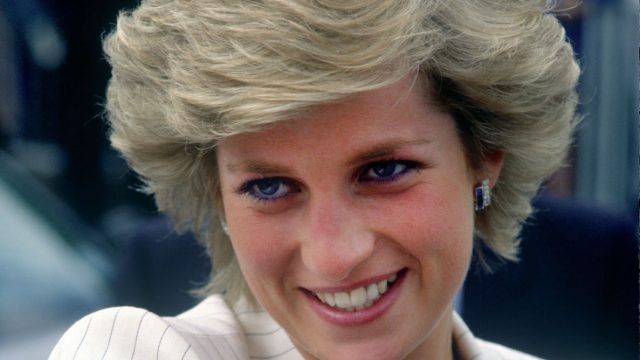
When Princess Diana died on August 31, 1997, the royal family was forever changed. Besides having lost one of the most beloved and iconic members of “The Firm,” the royals were forced to re-examine the time-honored traditions and protocols that Diana had reformed, which humanized and modernized the family in the eyes of the rest of the world. While the princess struggled against what she felt was often times a stifling royal system, Diana was determined to do things differently in every way—from how she raised her sons, Prince William and Prince Harry, to what causes she chose to champion. And in doing so, she created a way forward for today’s royals to survive and thrive. In honor of the anniversary of her death, here’s a look at 13 amazing ways Princess Diana changed the royal family forever in her short 36 years. And for more on the People’s Princess, check out 23 Facts About Princess Diana Only Her Closest Friends Knew.
1
She didn’t promise to “obey” her husband.
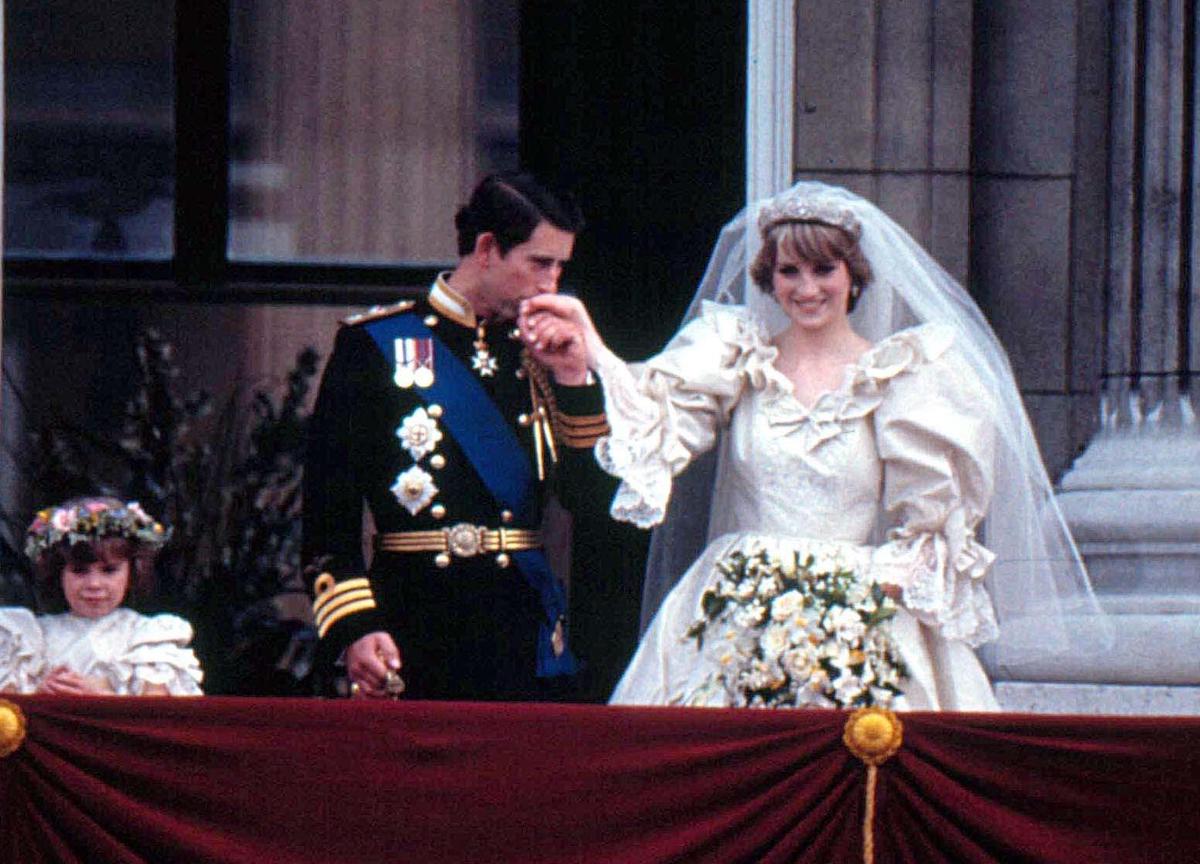
Lady Diana Spencer might have been a young, blushing bride, but she did upend royal tradition by refusing to “obey” her new husband, Prince Charles, in her wedding vows in July 1981. No one could have foretold what a telling sign that would turn out to be. Not surprisingly, Kate Middleton and Meghan Markle followed suit when they married into royal fold. And for more on royal weddings, check out 30 Fascinating Facts about British Royal Weddings.
2
She gave birth at St. Mary’s Hospital in London.
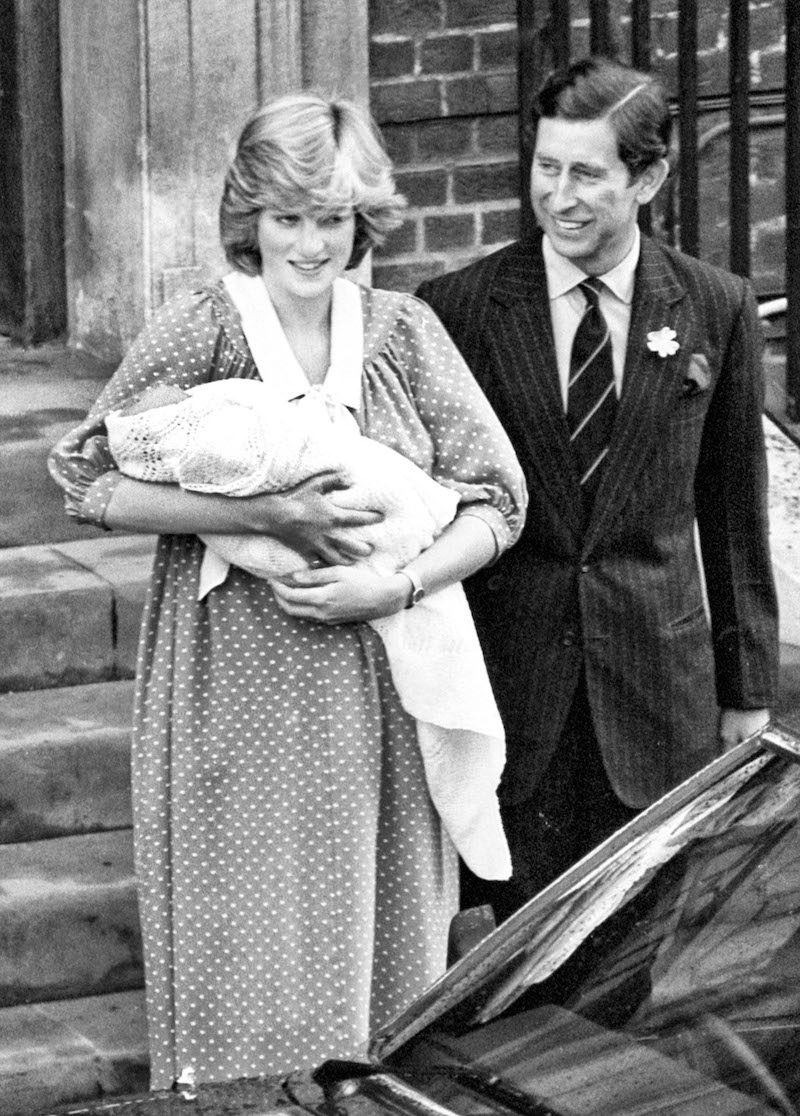
On June 21, 1982, Diana broke the tradition of giving birth at home when she delivered Prince William at the Lindo Wing of St. Mary’s Hospital, making him the first heir to the throne to not be born in the Palace. She also chose the now-famous wing of the hospital when she gave birth to Prince Harry in 1984.
Diana’s decision not only altered the way an heir to the British throne is born, but it also started a celebratory tradition beloved by the Brits of heralding the arrival of a royal baby. When departing for the Palace, Diana and Charles posed on the hospital steps, giving photographers and royal fans a chance to catch a glimpse of the new addition.
Kate Middleton has given birth in the same hospital and posed in the same spot after delivering Prince George, Princess Charlotte, and Prince Louis. Touchingly, the Duchess of Cambridge evoked memories of Diana each time by wearing dresses reminiscent of the ones worn by her late mother-in-law for these important occasions. And for more on Diana’s only granddaughter thus far, check out Princess Charlotte’s Life in Photos: See Her Most Adorable Moments.
3
She insisted Prince William fly on the same plane as his parents.
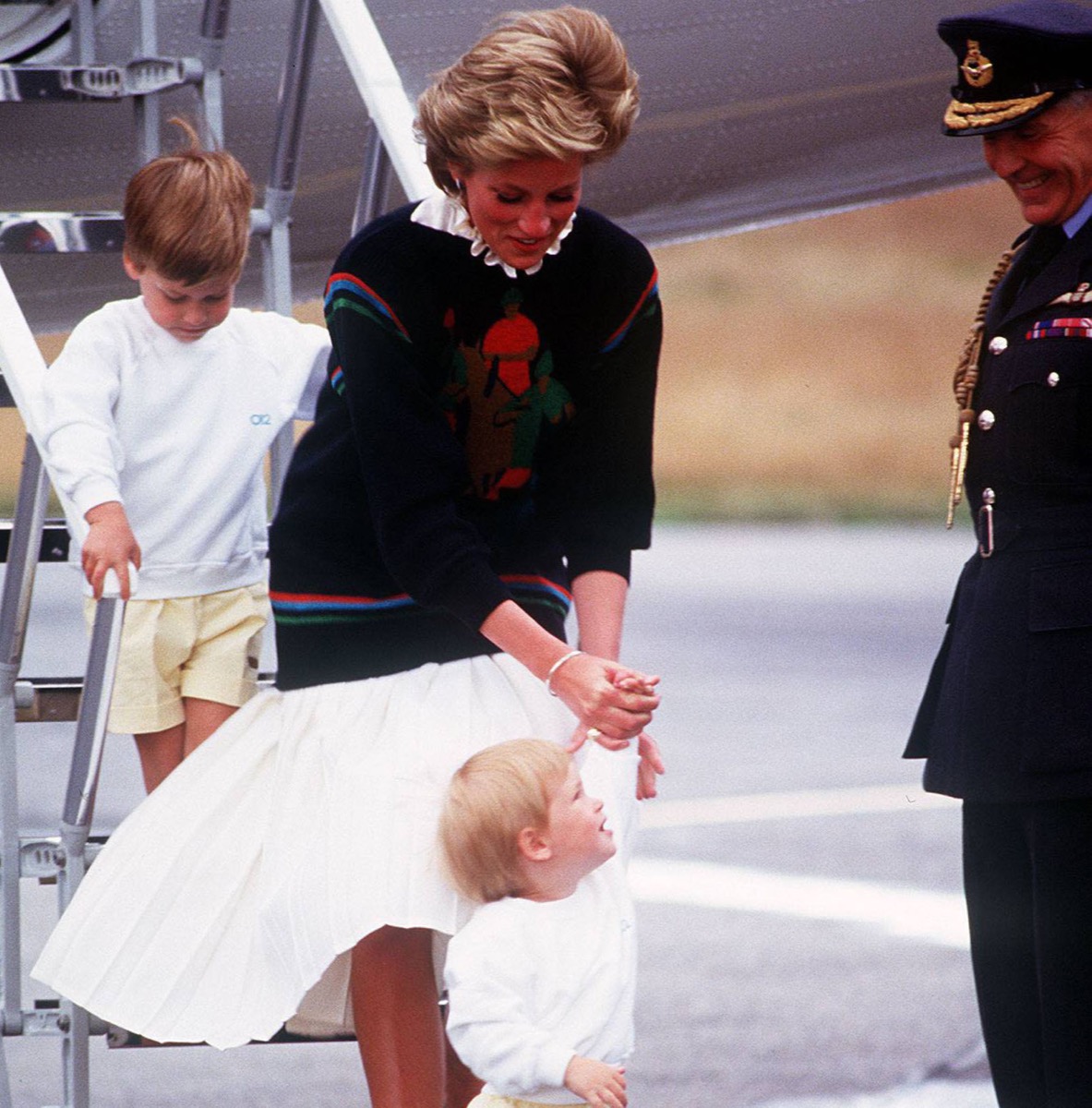
It has long been a royal rule that two direct heirs to the throne never fly on the same plane to ensure nothing endangers the immediate line of succession, but Diana broke that longstanding protocol in 1983 when she insisted Queen Elizabeth grant permission to allow Prince William, then just nine months old, to accompany her and Prince Charles on their first trip together to Australia.
William followed in his mother’s footsteps and reminded veteran royal watchers of that milestone when he and Kate also tossed aside the tradition and took Prince George, who was also nine months old, on their first family tour of Australia and New Zealand in 2014. The Cambridges have continued to fly with their children with the Queen’s blessing. And for more on how William keeps Diana’s memory alive, check out The Sweet Ways Prince William Has Taught His Children About Princess Diana.
4
Her sons went to school with “commoners.”
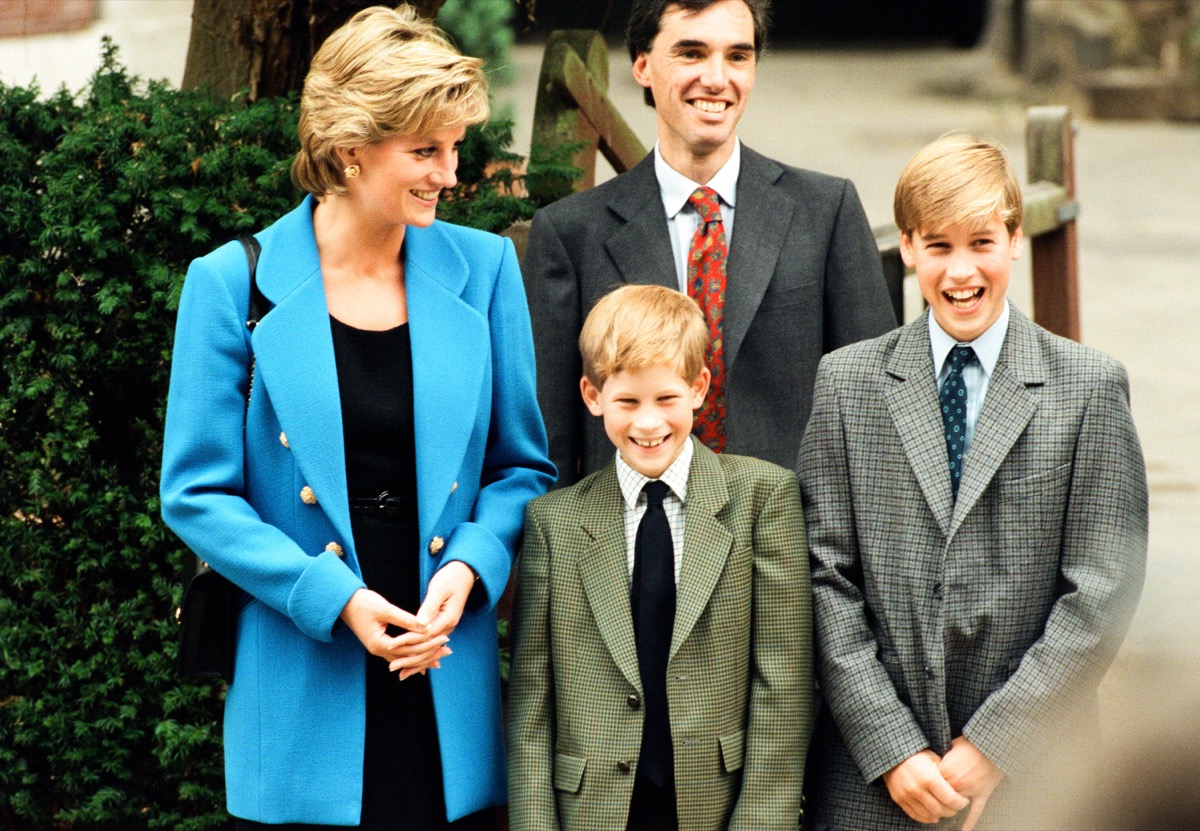
Historically, the British royals were homeschooled by private tutors and governesses, as was Queen Elizabeth and Princess Margaret. But Diana was adamant about giving her sons as normal a life as possible and that included their education.
At Diana’s insistence, William became the first future monarch to be entirely educated in the public school system, beginning at Mrs Mynors’ Nursery School in Notting Hill in September 1985 (where he was joined by Prince Harry a few years later). William then attended Wetherby Prep School in London, before going on to Ludgrove School, an independent boarding school. Then, he was admitted to Eton College in 1995.
William and Kate Middleton have followed suit, sending Prince George and Princess Charlotte to nursery and primary schools in London. And for more on how Kate and William have emulated Diana, check out 8 Things Kate and William Have Done to Give Their Kids a “Normal Life.”
5
She gave her sons a close-up look at the lives of people struggling with issues like homelessness.
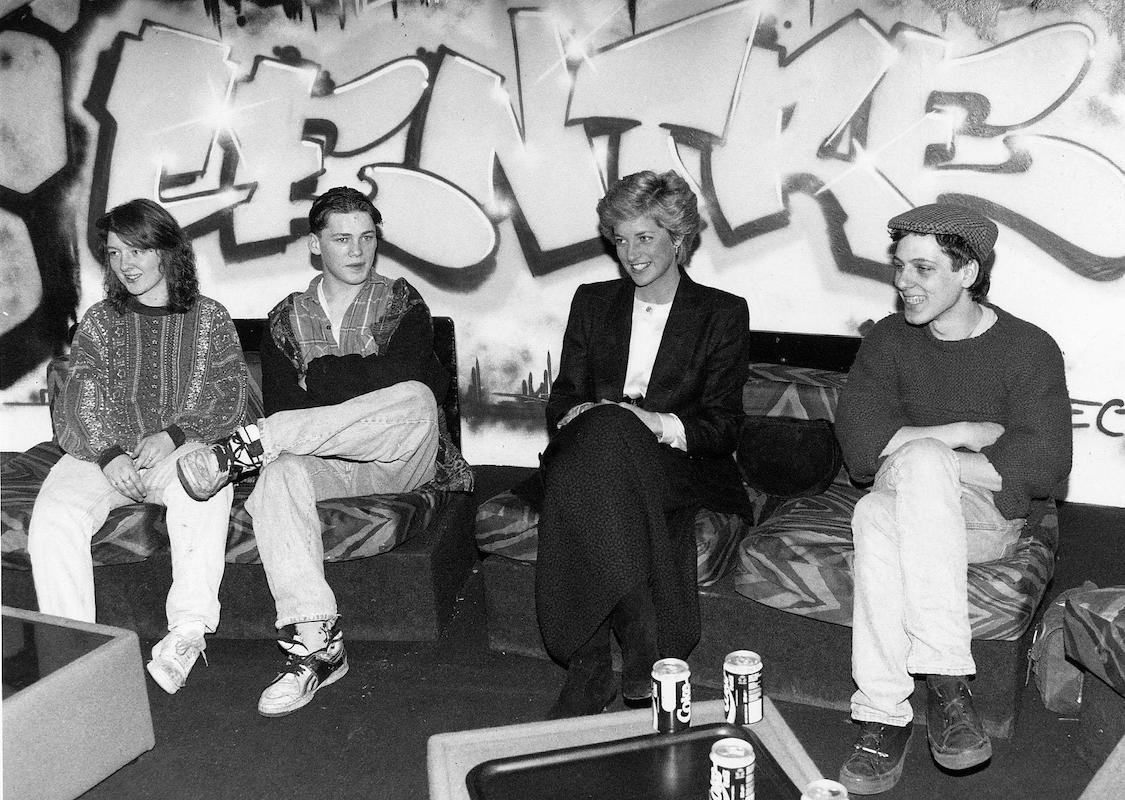
Diana was determined to teach her sons that the lives of most people were very different than the ones they lived behind Palace walls. In 1993, she took 11-year-old William and eight-year-old Harry with her to visit The Passage, a London charity for the homeless. William has said the experience taught him the values of respect, dignity, and kindness toward the vulnerable, which he has carried with him ever since.
In 2019, the Duke of Cambridge acknowledged his mother’s influence and his lifelong relationship with the charity when he became The Passage’s patron. The Telegraph reported that after the announcement, William tied on an apron to make lunch for the charity’s homeless clients, chopping carrots with a bread knife “to make himself useful.”
6
She befriended tabloid editors—and one reporter.
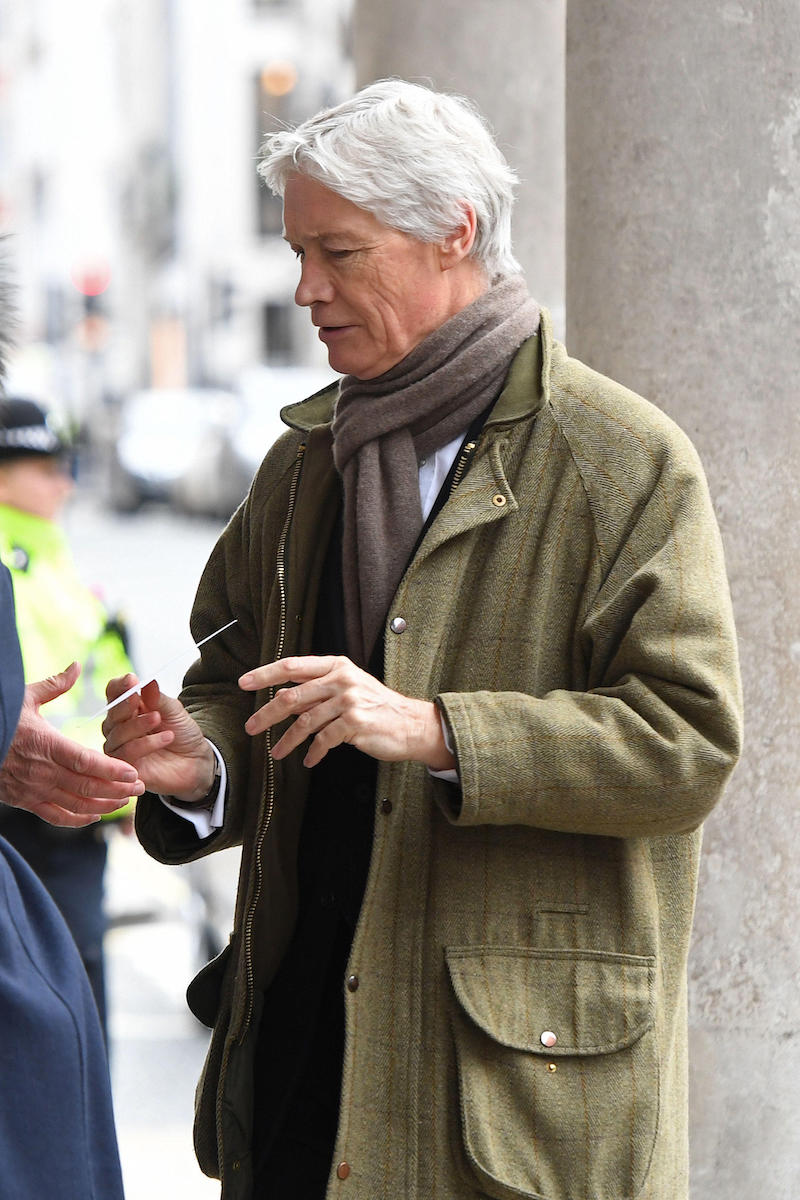
To Diana, the tabloid press was both friend and foe. The princess read every word written about her and kept scrapbooks of the stories about her that ran on a daily basis in the U.K. Rather than declare war anytime she wasn’t happy about negative coverage, she would invite the editors of The Daily Mail, The Mirror, and The Sun to Kensington Palace for a charm offensive that worked more often than it didn’t.
In the early ’90s, when the War of the Waleses exploded on the front pages of London’s biggest newspapers, Diana befriended The Mail’s royal correspondent, Richard Kay, who she would frequently call to offer her side of the story. Over the years, Kay became increasingly close to Diana, helping her with her speeches and important correspondence.
In fact, the veteran journalist was one of the last people Diana spoke to on that tragic night in August 1997. On the 20th anniversary of her death, Kay revealed what they’d talked about on that final call in a touching tribute in The Daily Mail: “‘Ricardo,’ as she called me, ‘I’m getting out of all public duties. I’ve just had enough of the constant criticism.’”
7
Her royal patronages included controversial causes.
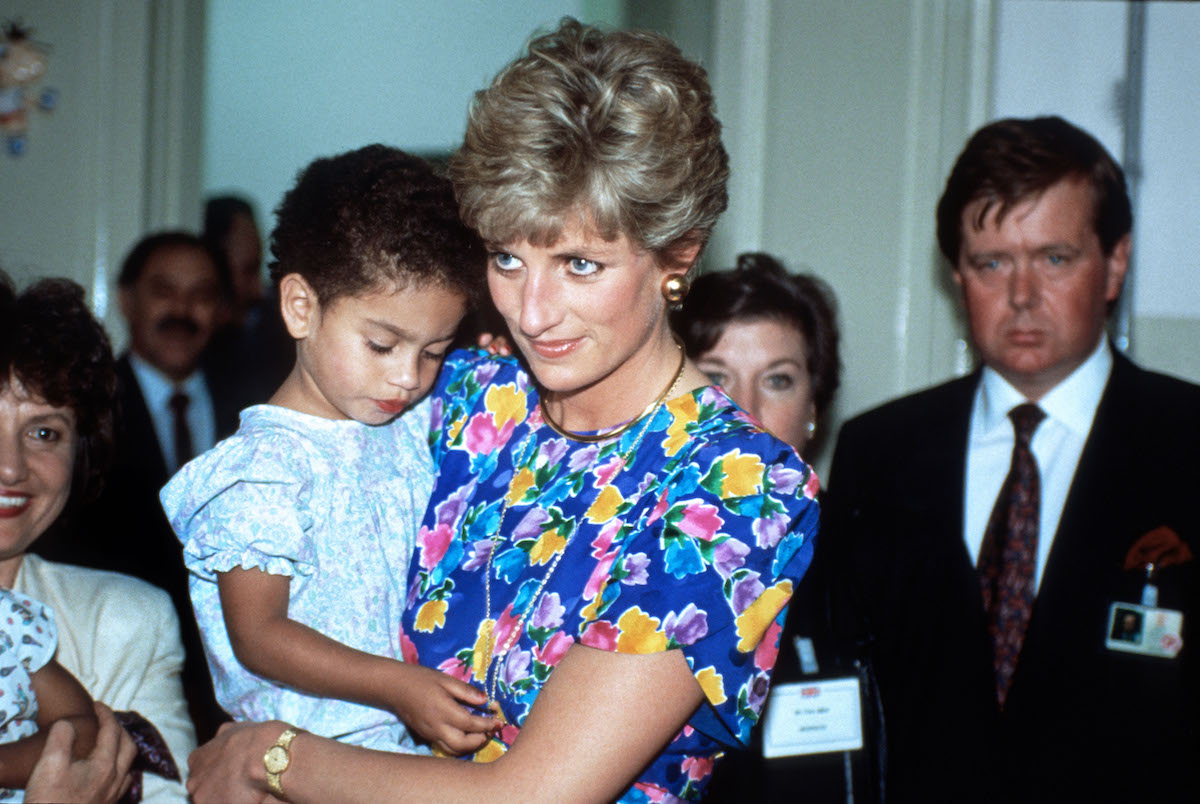
Princess Diana has long been considered a trailblazer for her work with AIDS charities, but initially, the royal family wasn’t in favor of her wading into what were then controversial waters. In the documentary Diana: The Woman Inside, Kay revealed how Diana’s innovative approach to her charity work “transformed duty and obligation,” but it also seriously upset the royal family.
When Diana first became involved in HIV/AIDS charity work in the mid 1980s, many people wrongly believed that AIDS could be transmitted by touch. “Diana did a fantastic thing and that was shaking people’s hands,” said Kay. “In an instant, it changed attitudes and rewrote the book on AIDS all around the world. … The royal family didn’t like that.” Diana even refused to wear gloves when she met AIDS patients, which was a huge break with royal protocol.
Kay also made the shocking revelation that Diana was discouraged from continuing to champion the need for AIDS awareness. “On more than one occasion, she told me that other members of the royal family said, ‘Why can’t you do something nice?’” he said.
Today, Prince Harry continues the work his mother started, supporting AIDS research and awareness through his charity, Sentebale, which he founded in her memory to help orphans in Africa with AIDS.
8
She cooperated with the author of a tell-all.
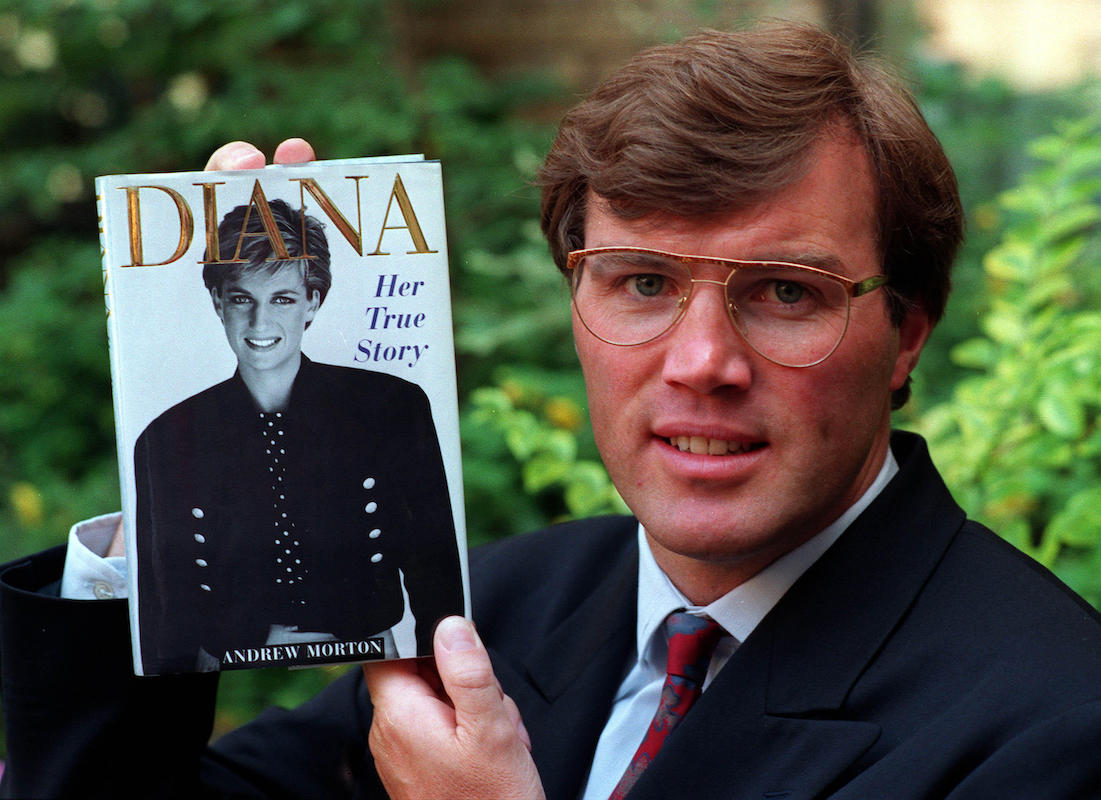
When Diana told a friend, Dr. James Colthurst, that she was convinced the shadowy Palace operatives, who she dubbed the “Grey Men,” were determined to take her down by discrediting her in the media, he suggested the princess strike back to “show defiance.” The Express reported that Colthurst said it was her “bitterly unhappy” marriage that drove Diana to share her inner most thoughts with Andrew Morton, a then young tabloid reporter who would write the headline-making tell-all, Diana: Her True Story.
At the time, Diana denied speaking to Morton—which was technically correct. Instead, the princess would answer Morton’s questions in taped interviews with Colthurst, who would then deliver them to Morton. Diana did read the early manuscript of Her True Story in draft form and even made changes to the text. But the princess vehemently denied any involvement and the book went on to become a worldwide best-seller. After her death in 1997, Morton revealed the princess sat for several hours of interviews and included her previously unpublished comments in a revised addition.
The recent publication of Finding Freedom—which purports to tell Prince Harry and Meghan Markle’s side of their departure from their royal duties—raised the same question as to whether the royals were interviewed for the tell-all. While Harry and Meghan have denied speaking to authors Omid Scobie and Carolyn Durand, the publisher claimed the book offers “unique access and [was] written with the participation of those closest to the couple.” Sound familiar? And if you want more tea on Diana’s son and daughter-in-law, here are 3 More Explosive Royal Tell-Alls That Shed New Light on Harry and Meghan.
9
She spoke about her personal problems on television.
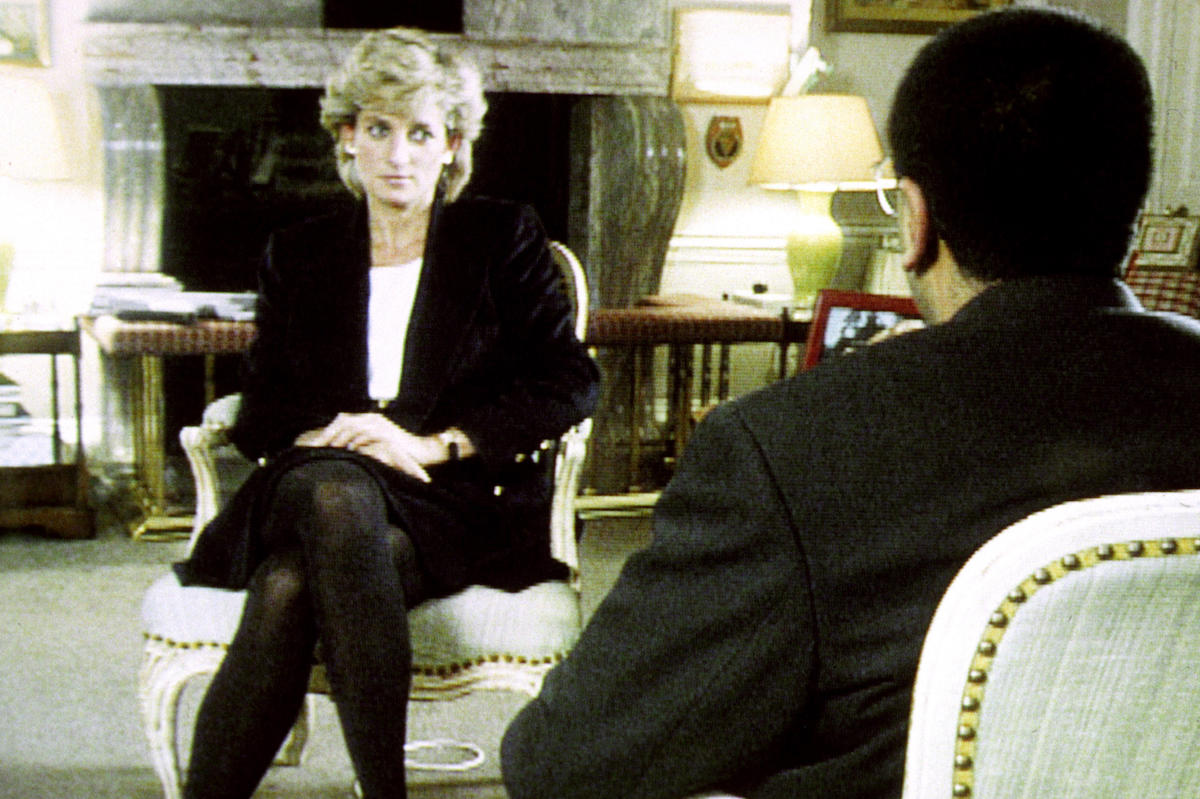
In 1995, Diana broke the No. 1 rule of royal life—never complain, never explain—when she stunned the world by sitting down for her infamous interview with Martin Bashir for the BBC’s Panorama. The princess had secretly arranged for the taping to take place at her apartment in Kensington Palace without telling anyone—including her press secretary, Patrick Jephson. In the interview, an emotional and distraught Diana spilled plenty of tea, including revelations about extra-marital affairs, her struggles with depression, and why she thought she would never be Queen.
Harry and Meghan appeared to have been following Diana’s lead in 2019 while on their tour of Africa when the couple shared their own personal feelings about their unhappiness with royal life with ITV’s Tom Bradby. When asked about his relationship with Prince William, Harry did not deny rumors of a rift. But it was Meghan who seemed to be channeling her late mother-in-law when she thanked Bradby for inquiring about her state of mind, appearing close to tears. “Not many people have asked if I’m OK,” she said.
10
She exercised at a public gym.
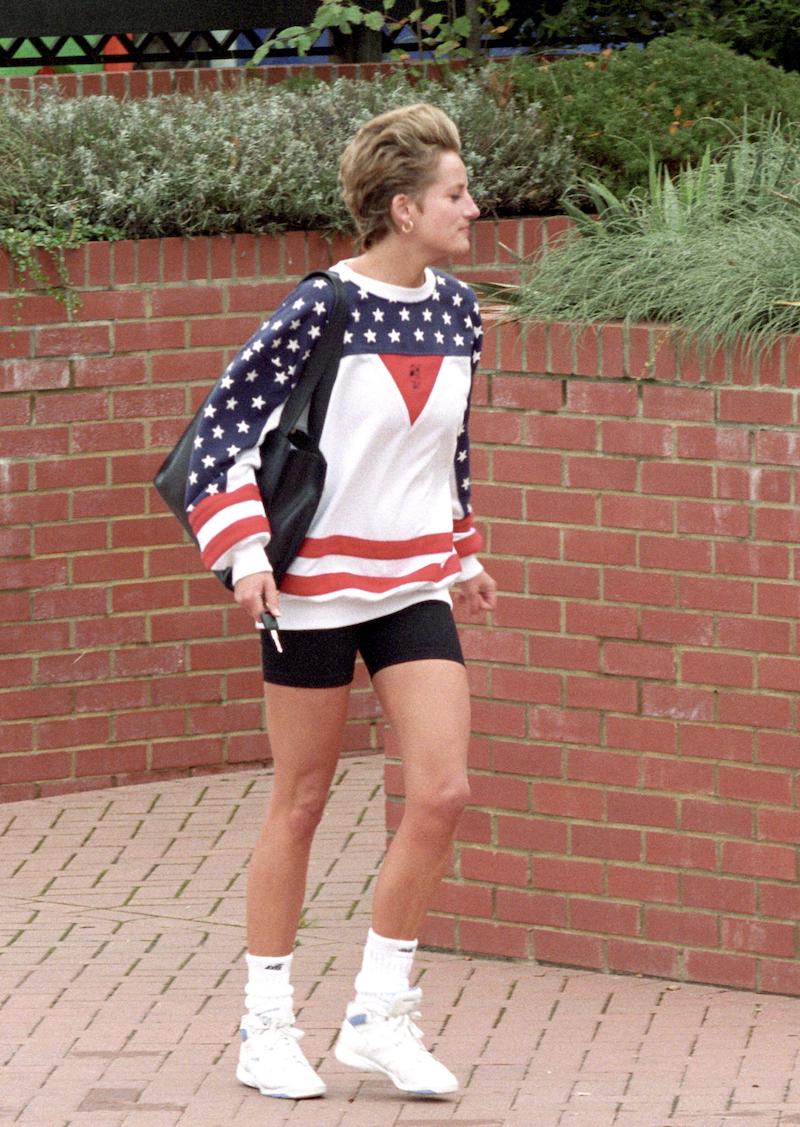
While Diana enjoyed swimming laps every morning in the pool at Buckingham Palace, she kept up with her regular fitness routine of cardio and strength training at the Chelsea Harbor Club, a popular London gym, from 1990 until the time of her death in 1997, something no member of the royal family had ever done before. The paparazzi regularly staked out the premises where the princess worked out in various sweatshirts and bike shorts—and her sons have since followed in their mother’s athletic footsteps.
To prepare for his wedding to Meghan, Harry reportedly joined an exclusive $1,000-per-month London gym, KX, and worked out three times a week with a personal trainer. William and Kate, who are both extremely athletic, have also been spotted taking tennis lessons at Hurlingham Club in South London. The Cambridges sometimes even make it a family affair, bringing their young trio along for some quality family time. And for more on the royals’ fitness routines, check out The Secret Ways All of the British Royals Stay Fit.
11
She wore couture by international designers.
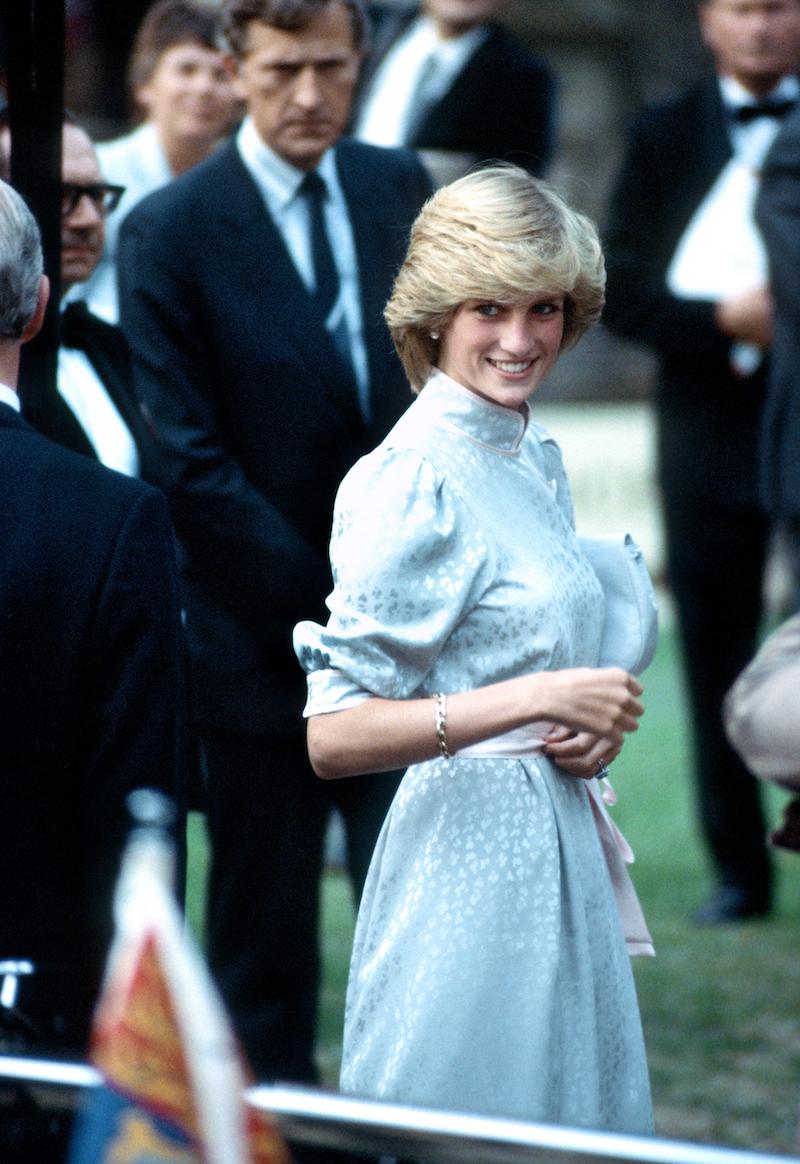
Diana quickly became the unofficial ambassador of British fashion when she married Prince Charles, making London-based designers—including Catherine Walker, Jacques Azagury, and milliner Philip Somerville—household names in the U.K. But she also enjoyed wearing couture looks from a host of international designers, particularly after her marriage to Prince Charles began to crumble. The princess looked as stunning and sleek as any runway model in stylish designs from Gianni Versace, Chanel, and Giorgio Armani in the final years of her life.
In an interview for my book, Diana: The Secrets of Her Style, Valentino Garavani told me, “Year by year, she became more sophisticated. Her style changed and she became more sure of herself as a woman. Every designer was inspired by her.”
Kate Middleton and Meghan Markle have taken a page out of their late mother-in-law’s book by mastering the art of diplomatic dressing, wearing many British designers at official engagements in the U.K. But the duchesses have also worn stunning couture creations from designers from all around the world. And for more on Diana’s design aesthetic, check out The Real Story Behind the Drama of Princess Diana’s Iconic Wedding Dress.
12
She took on a politically charged issue.
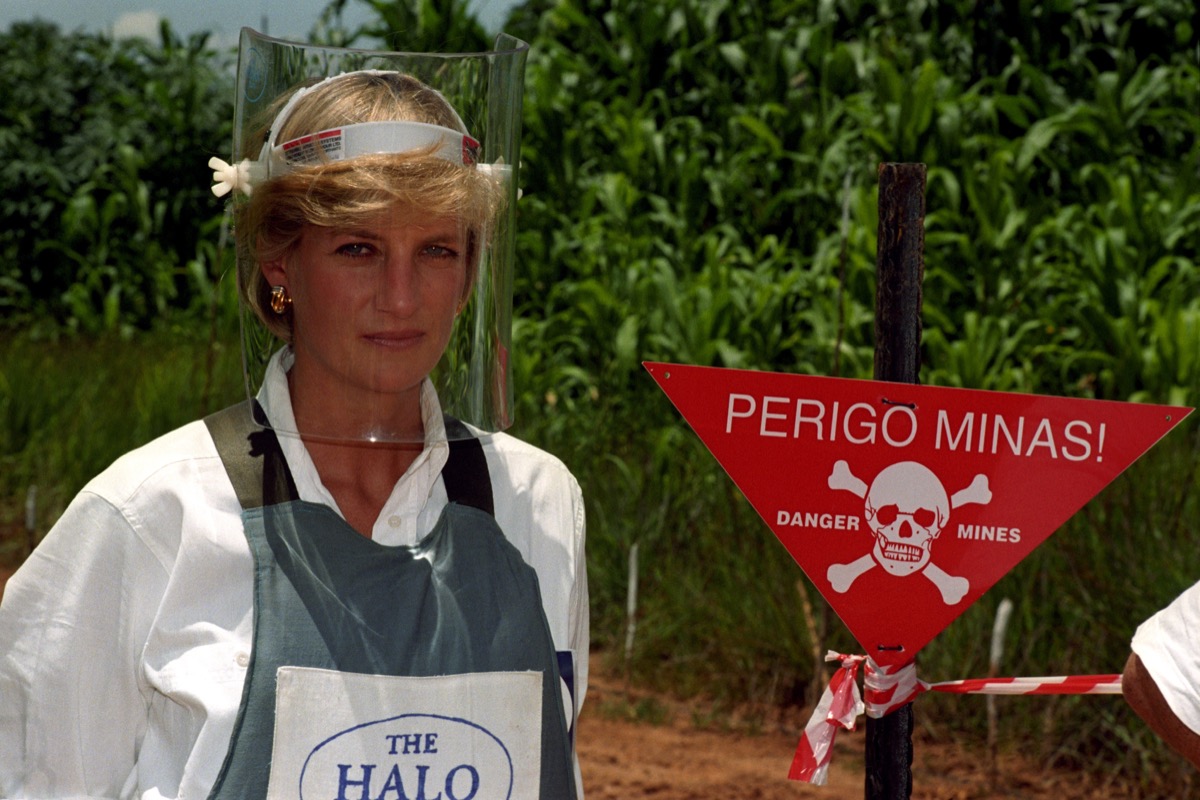
These days, much has been made of Meghan Markle’s foray into politics. As she’s advocated for voter registration now that she and Prince Harry have made California their new home, some people are even calling for Queen Elizabeth to take away their titles. But the Duchess of Sussex isn’t the first member of the royal family to wade into political waters, fueled by their personal passionate beliefs.
In January 1997, Diana joined the Red Cross on a trip to Angola to draw attention to the use of landmines. When she made an appeal for an international ban on landlines, she sparked criticism from U.K. lawmakers, who called her a “loose cannon” and said she was out of line. Diana was accused of going against government policy on the use of landmines, which had not yet been banned in the U.K. While visiting the war-torn Huambo province in central Angola, Diana brilliantly harnessed her star power to draw attention to the issue with a walk across a minefield, which made headlines around the world. (She also visited landmine victims in Bosnia shortly before her death). Just after Diana’s visit to Angola, the Ottawa Mine Ban Treaty was signed, calling for a worldwide ban.
Last year, on his official tour of Africa, Prince Harry echoed his mother’s walk in Huambo with his own walk through a minefield in southern Angola 22 years later. He also visited the area where his mother had walked, which has been transformed into a center for schools and businesses. Diana would no doubt have been proud that her son was continuing the work she’d started all those years ago. “If my visit has contributed in any way at all in highlighting this terrible issue, then my deepest wish will have been fulfilled,” she wrote in a letter to the British Red Cross at the time.
13
Her death dispelled the myth of the British “stiff upper lip.”
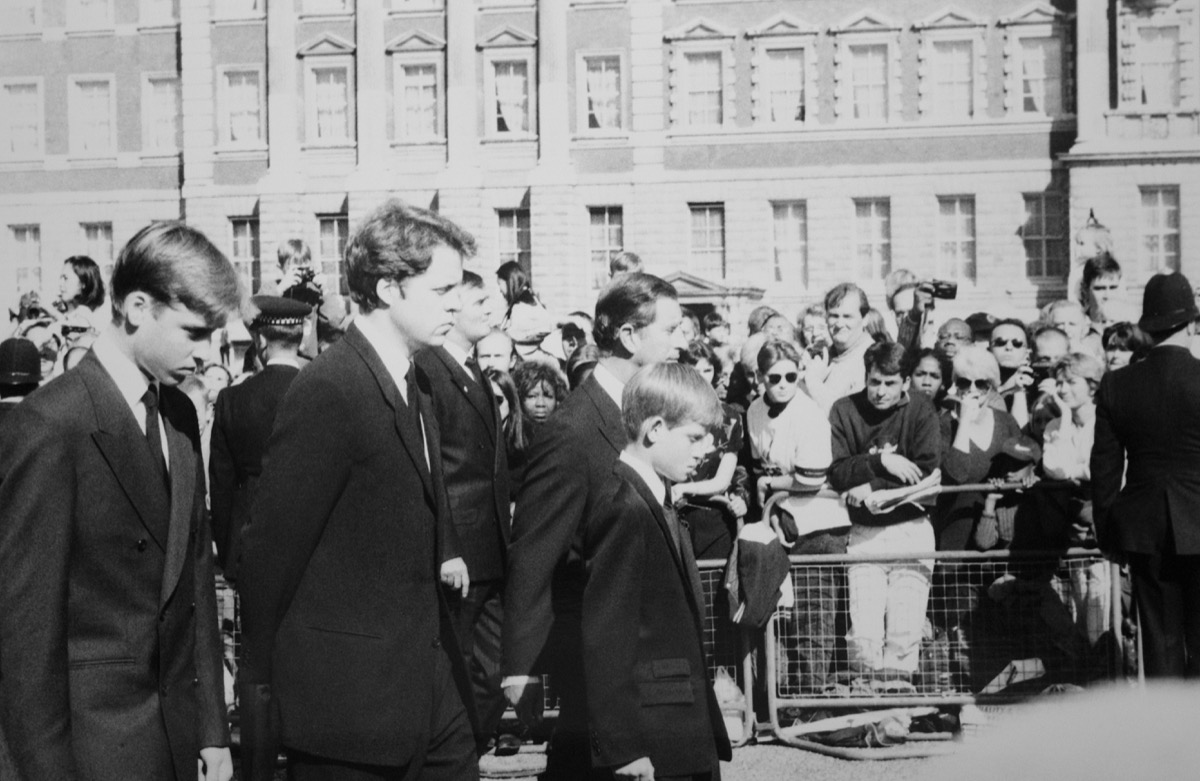
Diana’s death prompted an unprecedented outpouring of emotion all over the U.K. and it’s widely believed to be the moment Britain had a slip of the country’s famously stiff upper lip. The collective mourning began the night Diana died in Paris on August 31, 1997, and reached a crescendo the day of her funeral in London on September 6. It was a week that forever changed a country renowned for its stoicism. Even Queen Elizabeth bowed her head in tribute to Diana.
Diane Clehane is a New York-based journalist and author of Imagining Diana and Diana: The Secrets of Her Style.